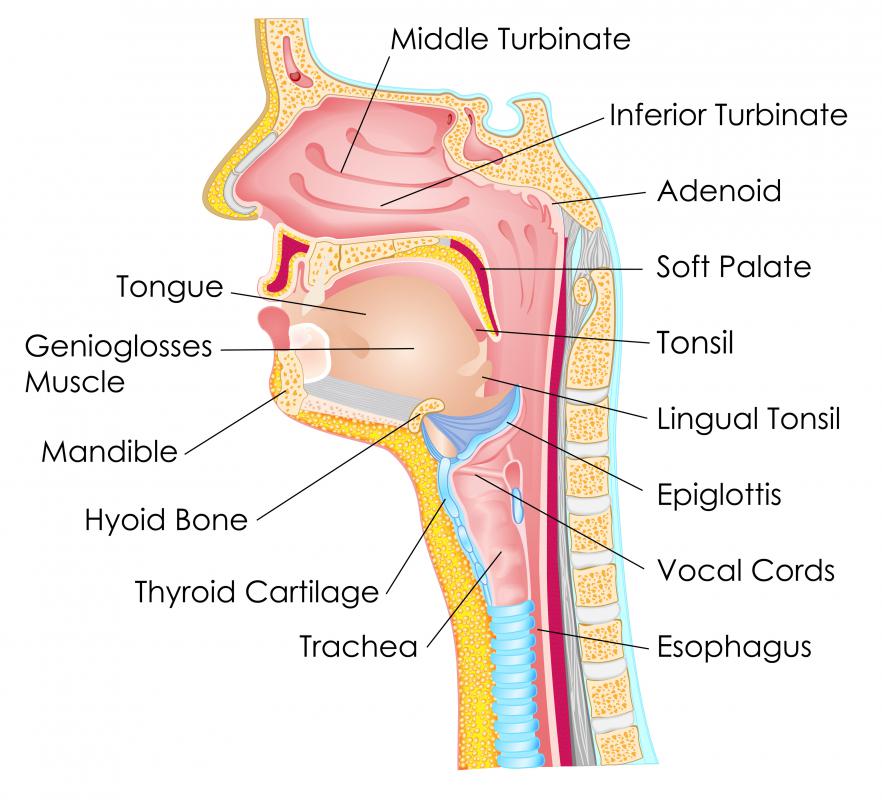At WiseGEEK, we're committed to delivering accurate, trustworthy information. Our expert-authored content is rigorously fact-checked and sourced from credible authorities. Discover how we uphold the highest standards in providing you with reliable knowledge.
What Is Mandibular Distraction?
Mandibular distraction is a surgical procedure done to correct a patient's abnormally small jaw bone, also known as a mandible. The procedure is usually performed on infants, as a small mandible can impede breathing and eating. After a surgeon cuts the mandible, a series of small pins and rods extend the jaw into a normal position. After new bone grows into the appropriate position, a second procedure is necessary to remove the hardware. The mandible continues to develop normally as the child grows up.
When a child is born with a small mandible, he or she can have trouble breathing and/or eating. As these problems can possibly be life-threatening, physicians may decide to perform a mandibular distraction within the infant's first day of life. Before the surgery, it may be necessary for the hospital to employ a feeding tube and/or ventilator to keep the infant alive. The mandibular distraction will generally take place a few days after birth.

The first step of a mandibular distraction is to cut the jaw bone on both sides just below where the jaw attaches to the skull. Rods anchored by pins keep the gap open. The whole procedure takes four to six hours, and the infant is kept under anesthesia the entire time. At the end of the procedure, a screw is exposed above the skin on both sides of the jaw. These screws are important for the distraction process.

Three days after the procedure, a physician or nurse will begin distracting the jaw by turning the screws. As distraction can take up to six weeks, a nurse may teach a parent the distraction procedure so the child can leave the hospital. An infant may feel some discomfort, but as each day's distraction is less than 1 millimeter, discomfort is generally very mild. Over the course of treatment, the jaw slowly moves into a normal position, with bone developing between the growing gaps in the mandible.

Two requirements are necessary before a physician removes the screws, rods and pins. First, the jaw must have grown into the correct position. Second, sufficient time needs to have passed so that the new bone can solidify. If these two conditions are met, taking out the hardware is a simple outpatient procedure; the infant can return home the same day. The mandibular distraction complete, the infant's mandible will develop normally throughout the rest of his or her childhood.
AS FEATURED ON:
AS FEATURED ON:













Discuss this Article
Post your comments